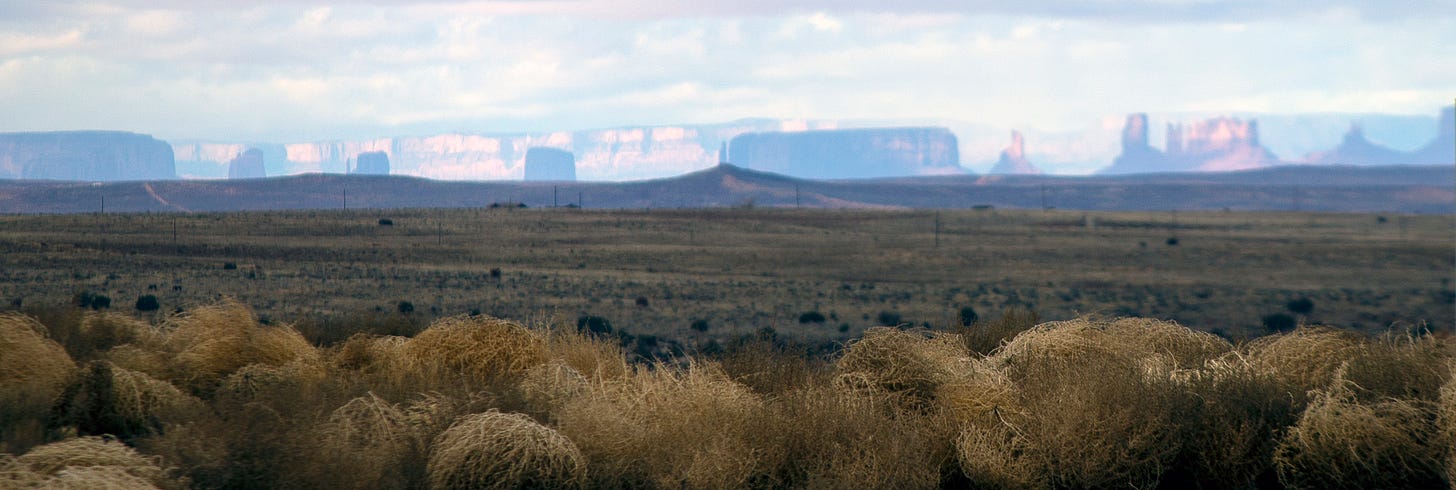Data Dump: I can see clearly now...?
As coal goes down, air quality goes up (but challenges remain)

About a year ago, just before handshakes and hugs had gone extinct, I interviewed a man who had lived in Farmi…
Keep reading with a 7-day free trial
Subscribe to The Land Desk to keep reading this post and get 7 days of free access to the full post archives.

